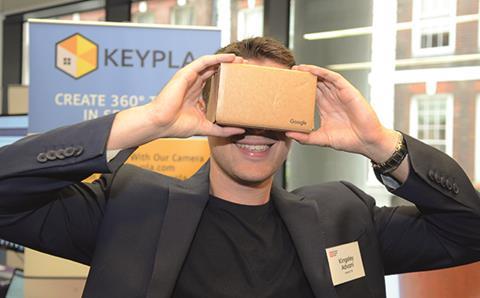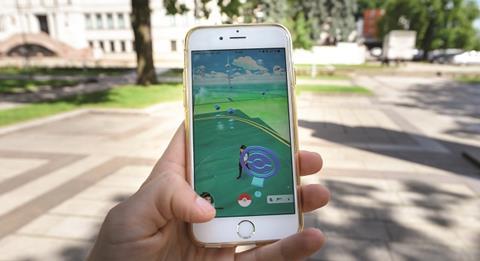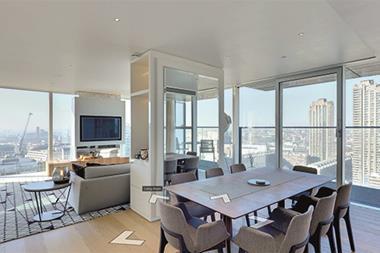Much is now being made of virtual reality (VR) outside the sci-fi and gaming circles.

Indeed, it’s hard to find a ‘tech of the future’ list that doesn’t feature VR’s potential prominently.
Having recently been acquired by immersive tech firm Matterport, my company is now assessing VR ever more closely.
VR has obvious potential for real estate. Analyst Wedbush Securities asserted this was one of the reasons Facebook purchased Oculus VR for £2bn and research firm Juniper forecasts that three million VR devices will ship this year - a figure that will possibly increase to 30 million annually by 2020 - making the technology far more widely accessible.
Yes, it’s true that the technology is still in its infancy and there are many questions still to answer about its true capability, but VR platforms are becoming more impressive, the hardware is maturing and mobile phones are getting more powerful in terms of processing power and quality of imagery for loading the content.

Over the next few years, I believe we will see VR applied to more daily interactions that would previously have been done on a desktop.
VR technology will eventually provide a gateway to a more immersive, emotive and insightful experience that transcends the flickering 2D computer screen. Younger generations will continue to push it in business and in leisure.
VR is just in the starting blocks of where immersive technology can go. The overnight phenomenon of Pokémon Go, an immersive augmented reality (AR) game, is testament to the further demand for tactile experiences in the ‘real’ world. The appetite is clearly already there, and new technologies are finding clever ways to capture it.

As VR becomes more integrated into the everyday, it will have the potential to merge with AR and this will not just be a boon for gamers. Already we are seeing powerful business applications emerging in a variety of industries.
Imagine being able to step into a property, walking around, changing the colours of walls and furnishings or moving furniture without physically moving from your armchair?
Imagine architects or interior designers using AR and allowing clients to experience what they are creating.
VR may replace floor plans
Imagine the event planner who decorates and fills a venue to plan space use and flow before a single guest arrives. The possibilities are genuinely inspiring.
In the future, VR technology may replace floor plans and photographs as the property industry standard. I can see VR helping agents become more time efficient, attracting more well-informed buyers and relieving time pressures on clients, as well as helping them to differentiate themselves in the market.
VR will enable people to view multiple properties, selecting ahead of a physical viewing those most suited to their needs, so customers only travel to locations that precisely match their requirements.
It’s not just the visual potential either. As the technology advances, why not add sounds, smell or even touch to the experience, so would-be buyers can discover how loud the traffic is, or smell the freshly cut grass in the garden?
We have come a long way since the concept of VR first featured in a sci-fi short story in 1935. We are now living in the future, and I am keen to see where VR might take us next.
James Morris-Manuel is the co-founder and EMEA sales director of Virtual Walkthrough, a Matterport company




























No comments yet